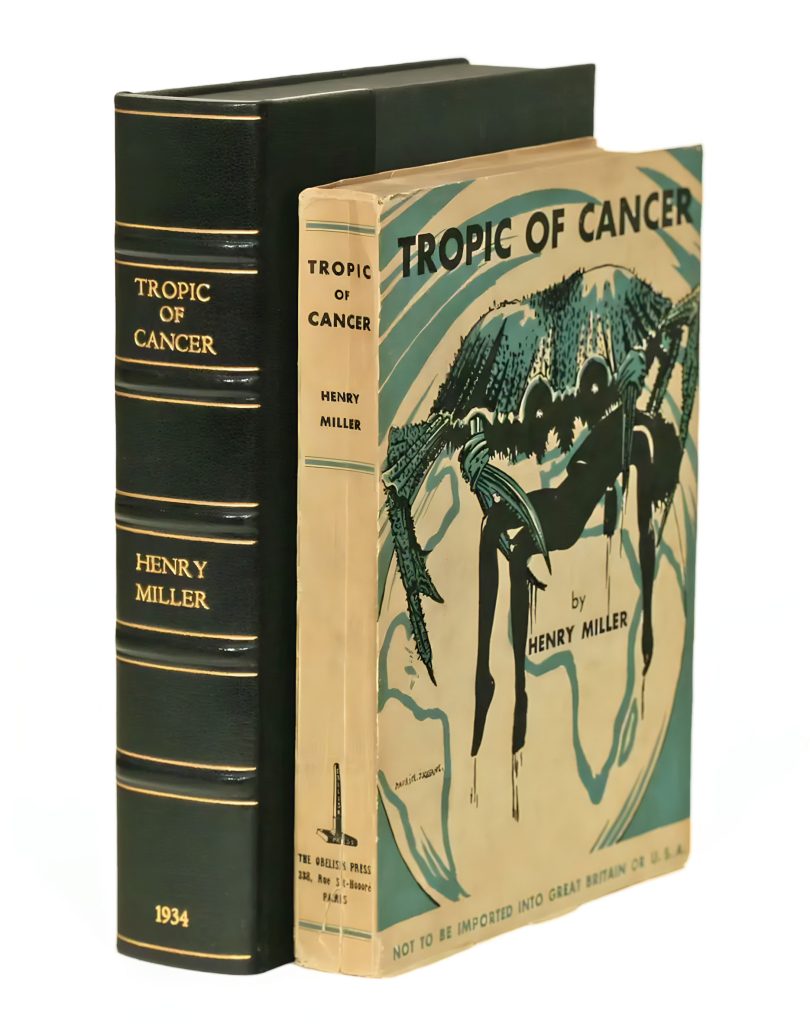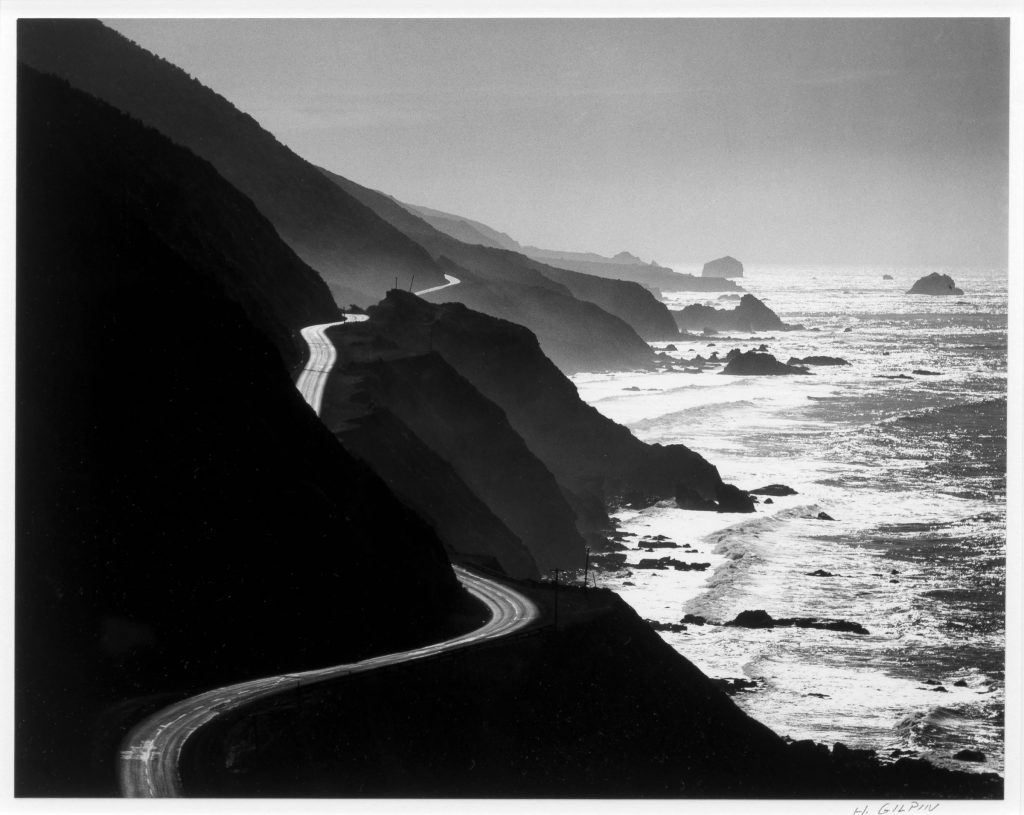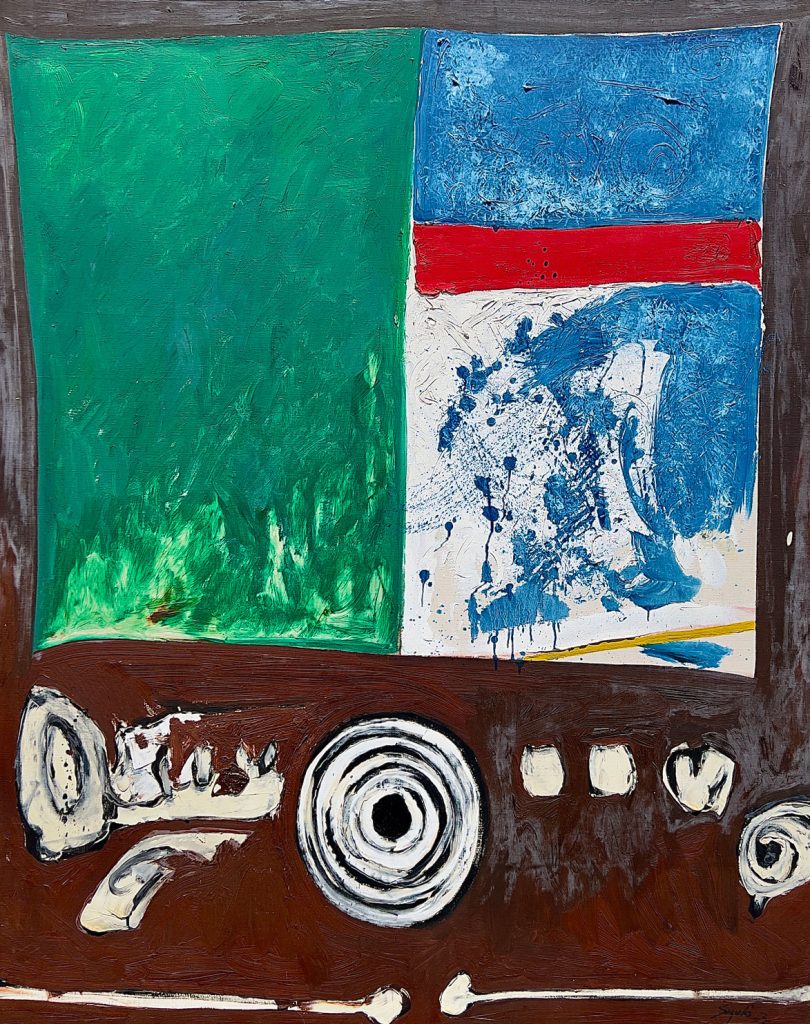A museum visit might be just what the doctor ordered.
As the Bay Area’s art season kicks off, we reflect on how the visual and performing arts enrich our lives, how they heal and inspire us, why we love and support them, and why they are so important.
Our museums and cultural institutions capture our shared history, rooting us in community. Besides holding memories and experiencing sheer pleasure, for those of us on a wellness path, can art also improve our well-being individually and collectively?
An entire field, neuroaesthetics, devoted to answering that question explores the interaction of the arts and wellness and the “impact of artistic beauty on the human psyche and biological well-being.”
A study by Finlay et. al. and published in Wellbeing, Space, and Society found living in a community with cultural resources confers a five-year advantage in cognitive age, while museums and similar cultural organizations provide the biggest boost to cognitive health.
A Mayo Clinic blog post, “The intersection of art and health: How art can help promote well-being,” cites the American Congress of Rehabilitation Medicine on how “making or even just seeing art can impact health” in the following ways.

It “increases serotonin levels, increases blood flow to the part of the brain associated with pleasure, fosters new ways of thinking, (and helps us) to imagine a more hopeful future.” Some physicians these days even write prescriptions for museum visits. Net-net, there is growing consensus that arts are good for us whether we passively view art or create it.
One of my favorite places to view and experience art in Northern California is just a short drive down our beautiful coastline. The Monterey Museum of Art (MMA) in Monterey, California, although sometimes overshadowed in size only (its size is actually one of its charms), by some of its larger Bay Area counterparts, delivers on a singular focus and promise to celebrate the diversity of California art—past, present, and future—in an outsized way.
Situated in Monterey, a region historically and currently steeped in artistic endeavors, MMA works to uncover and tell stories that otherwise would be lost forever. It successfully does exactly this in its upcoming fall 2025 exhibition season, “Mid-century Big Sur,” which is must-see.
MMA Executive Director Corey Madden notes, “MMA’s Big Sur Season is a once-in-a generation opportunity to see rare works from private collections. The exhibition curators have done a remarkable job of taking visitors inside mid-century Big Sur.”
Mid-century Big Sur: A Siren for Post-war Artists and Writers

An eclectic group of artists, fleeing the expanding urbanization of postwar America, flocked to Big Sur in search of solitude and nature as one of the last vestiges of the wild and free American West. Big Sur captured the national consciousness during the mid-century and became an aspirational idea as much as a location. Author Lillian Bos Ross described it as “not a place at all, but a state of mind.”
During the mid-century, Highway 1 served as a physical and spiritual conduit between the bohemian communities of San Francisco and Big Sur. In 1954, a tourist guide included an impressive list of 100 painters, architects, musicians, sculptors, dancers, poets, and writers calling Big Sur home.
Geographically distant from established art centers, few Big Sur artists were influenced by mid-century art movements such as abstract expressionism. What resulted was a prevailing attitude of independent thinking and experimentation producing fertile ground for creating truly original art forms embracing unique approaches often with an emphasis on craft, design, and tactile materials.
Visitors to the exhibition can explore how this “power of place” drew postwar artists and writers to Big Sur, creating the roots of a vibrant community of inspiration, respite, and creative freedom that still thrives today.
Four Exhibitions Explore Big Sur’s Creative Golden Age

MMA’s exhibitions and programs focus on the rich cultural heritage of Monterey County and the surrounding Central California region. For art lovers, it is an important stop when visiting the area. The upcoming Mid-century Big Sur Season reflects the museum’s commitment to display rarely exhibited works of both recognized and under-recognized regional artists.
Four exhibitions center on the emotional and spiritual energy of the ruggedly beautiful Big Sur landscape. The art and archival material on display draw from both the museum’s permanent collection as well as from galleries, libraries, historic sites, and private collections.
A Garden of Earthly Delights: Henry Miller’s Big Sur
Offers a rare glimpse into Henry Miller’s life in Big Sur (1944-1962) with selected letters, photographs, journals, and artifacts, some on view for the first time.
August 29 – November 16, 2025
A World Apart: Big Sur in the Mid-century
Features artists working in and around Big Sur from 1950s to 1970s.
September 11 – November 30, 2025
A Sense of Wonder: Photographs of Big Sur
Showcases iconic images by Ansel Adams, Edward Weston, Wynn Bullock, and Henry Gilpin
September 11, 2025 – January 18, 2026
Human | Nature: California Zen in Big Sur and the Bay Area
Examines the influence of California Zen Buddhism on the artists and thinkers in California’s mid-century countercultureSeptember 18, 2025 – January 25, 2026
Mid-century Big Sur was a world apart where art, literature, nature, and community intersected in fascinating and unexpected ways. Discover more at www.montereyart.org. Its legacy still inspires Big Sur’s artistic spirit at The Henry Miller Memorial Library, The Hawthorne Gallery, and The Emile Norman Arts Foundation.
*Lydia Graham is a current board member of MMA.

Lydia is a passionate advocate of healthy living. She has launched and positioned many health and wellness-related companies, products, technologies and organizations receiving more than 100 awards nationally and internationally. Her focus in the health sector is specifically on healthy living, aging and longevity. She is a partner and investor in several recognized national brands. She sits on the board of the Buck Institute for Research on Aging whose mission is to eliminate the threat of age-related disease for today’s and future generations. It is the only independent research organization globally dedicated to extending the healthy years of life. Like the scientists at the Buck, Graham envisions it will be possible for people to enjoy life at 95 as much as at 25. To support Buck’s mission, please visit www.buckinstitute.org.
